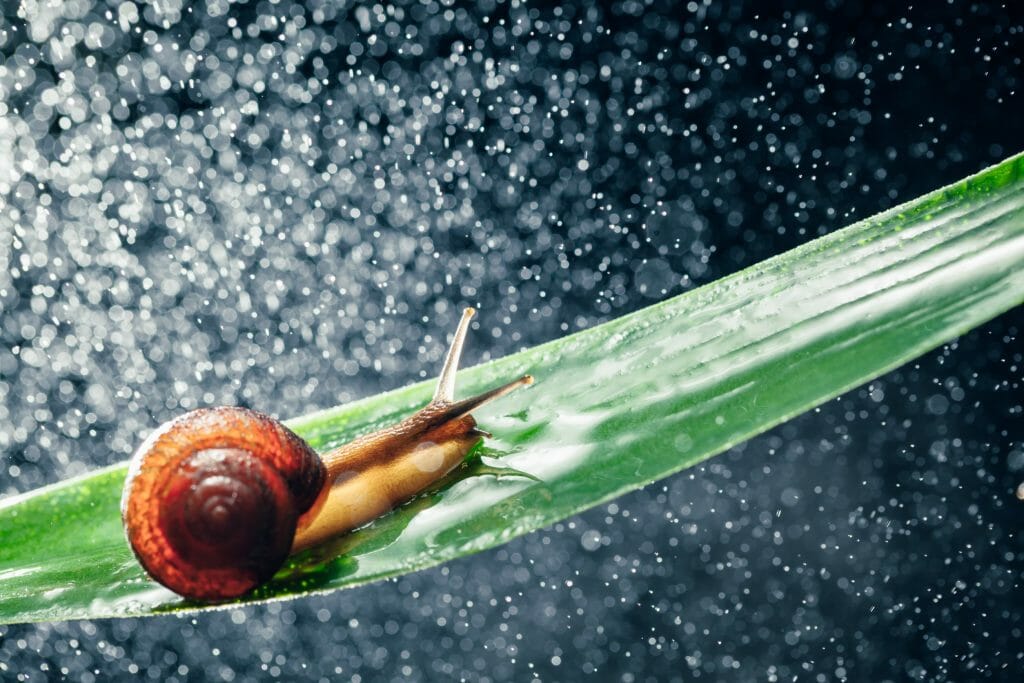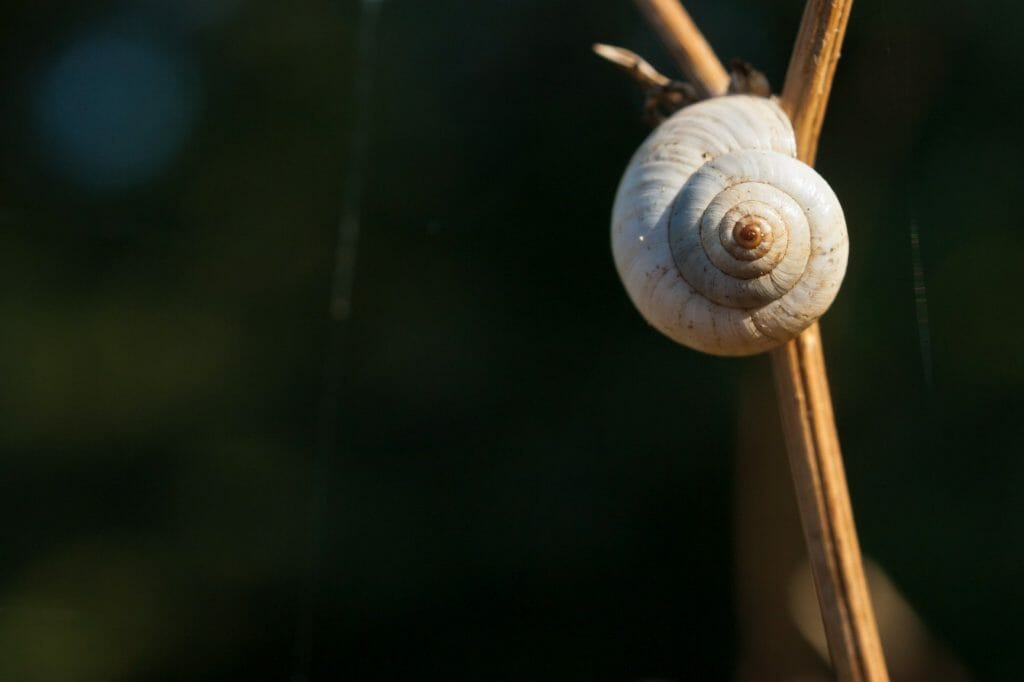Do Freshwater Snails Eat Algae: How Snails Keep Aquariums Clean and Healthy
Yes, freshwater snails eat algae. Freshwater snails are versatile, meaning they can scavenge food from various surfaces in the aquarium, including live plants, algae, and detritus.

Aquarium enthusiasts love freshwater snails for their algae-eating habits. These snails eat algae to keep fish and other aquarium inhabitants healthy. Freshwater snails also help remove waste products from the aquarium, which benefits fish health. They are not harmful to the fish or plants in an aquarium but require good water quality and plenty of snail-safe food.
Table of Contents
Do Freshwater Snails Eat Hair Algae?
Yes, freshwater snails can eat hair algae, which can help reduce the appearance of bald spots on aquatic plants. Freshwater snails are innocent creatures and should not be treated as pests but rather appreciated for their beneficial role in aquatic ecosystems.
How to Choose the Best Algae Eater for Your Tank
Freshwater snails are the perfect choice for your tank if you’re looking to tackle algae. Not only do they consume algae, but they do it efficiently and without damaging your tank.
They also help release nitrogen and other valuable nutrients into the water. In addition to algae eater snail types, there are many different food types freshwater snails can eat.
So, whether you have algae growing on plants or in gravels, there’s a snail that can consume it. Just make sure to find a suitable snail for your tank, and provide it with food and water dishes so it can eat algae from a distance.
As long as you have a suitable freshwater snail, aquariums of all sizes can be kept algae-free and look great. Not only will your tank be healthy, but you’ll have a happy snail, too.
The Best Algae-Eating Snails
Freshwater snails are an essential part of any aquarium or pond. Not only do they add visual interest, but they’re also known for their algae-eating habits. Keep an eye out for these snails as you go outdoors. They’ll be looking for food sources, and algae is a great choice.
These snails eat just about anything that grows in water, including algae. As long as you have a place for them to live and food to eat, freshwater snails will be a great addition to your aquarium or pond.
They’re easy to keep and breed in captivity, making them an excellent choice for aquarium or pond enthusiasts. Enjoy the added beauty and cleanliness of your waterways with these helpful creatures!
Nerite Snails
A nerite snail is an excellent option if you’re looking for an efficient algae eater that can help reduce the need for fertilizers or water changes. These snails are available online and in many pet stores, making it easy to get one of your own.
Make sure to choose the right size snail for your tank – ones that eat more algae will be larger than smaller snails. And if you want them to live longer, feed them nerite pellets explicitly made for aquariums!
Ramshorn Snails
These freshwater snails are known for their effective algae removal abilities. Not only that, but they also enjoy a varied diet of small food items – this keeps them healthy and occupied.

While ridding an area of algae is the snail’s primary function, it’s important to watch their population to prevent overcrowding or overhunting resources. These cute creatures should be delicate if you provide enough food and water!
Mystery Apple Snail
While mystery apple snails feed on algae and other aquatic plants, their primary food source is fish eggs – so leaving your water garden clear of plant life will help keep this snail healthy and happy.
If algae become a problem in your water garden and you’ve tried everything else without success, adding a mystery apple snail may be the answer you’re looking for!
Malaysian Trumpet Snail
Malaysian trumpet snails (Melanoides tuberculata) are freshwater snails in the aquarium trade. They are some of the best algae-eaters and can easily remove large patches of algae from a water surface. They are also known to eat other aquatic plants, making them an essential part of your aquatic ecosystem.
Rabbit Snail
The rabbit snail is a tremendous algae-eating snail for home aquariums with moderate to high water clarity. It’s easily bred in captivity, making it a perfect starter snail for those just starting in the hobby. These snails eat algae quickly and efficiently, keeping your tank clean and healthy.
The Best Algae-Eating Fish
Instead of snails, you can also choose to have algae-eating fish to keep your aquarium clean. These fish are easy to keep and can be found in most home aquariums. Therefore, it’s essential to match the suitable algae eater to your tank – some tanks require specific types of fish that will eat only certain algae.
Siamese Algae-Eater
The siamese algae eater is a freshwater fish that quickly consumes large amounts of algae, keeping your tank clean and healthy. It is available online and in some pet stores. Unfortunately, this popular fish is peaceful and doesn’t harm other aquarium inhabitants or the fish food supply.
Chinese Algae-Eater
Chinese algae eater is one of the best freshwater algae eaters and is suitable for freshwater and saltwater aquariums. It gets its name because it feeds on filamentous green algae, which can be a nuisance in tanks with other fish.
As such, this snail makes an excellent addition to any tank as it helps keep things under control. For example, Chinese Algae Eaters are relatively small but make up for their size with their ferocious appetite for eating pesky algal growths.
Twig Catfish
Twig catfish are easy to care for and require little attention. These fish can be kept in freshwater tanks, but ensure you get the correct type of twig catfish – some are more aggressive than others!
Otocinclus Catfish
Otocinclus catfish are some of the best algae-eating fish around, and they are also relatively easy to keep. Provided you have ample aquarium space and plenty of plants and algae to eat; these fish will be happy.
Adding live food like worms or small shrimp into the aquarium is an excellent way to encourage them to eat more algae. Ensure that your otocinclus catfish has plenty of water in its tank and stomach – otherwise, it won’t get enough sustenance for health reasons.
As this fish needs spacious swimming areas, ensure you provide enough room by placing your aquarium near a window or on an elevated platform so it can see lots of greenery outside!